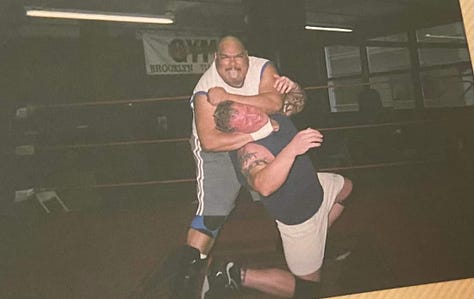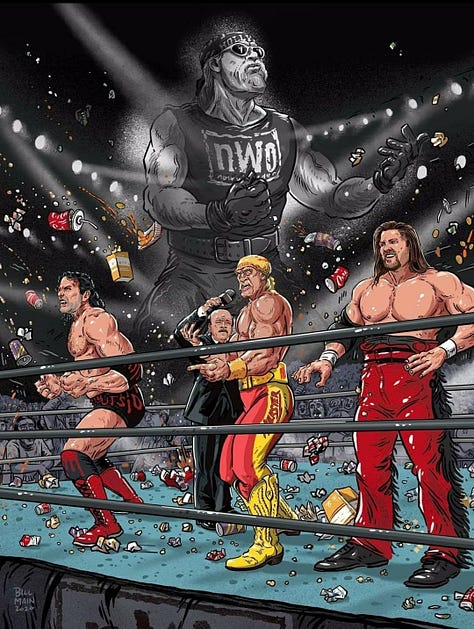The Importance and Art of Professional Wrestling Psychology
Israel Joffe and Dan Westony explore the importance of wrestling psychology
Professional wrestling is often dismissed as mere spectacle, a choreographed display of physical prowess and theatricality. However, at its core, professional wrestling is a complex art form that relies heavily on psychology. Wrestling psychology is the art of creating a compelling narrative within a match, using physical action, character work, and audience engagement to tell a story. It is the backbone of professional wrestling, the invisible thread that weaves together the spectacle and drama into a coherent whole.
The Importance of Wrestling Psychology
The importance of wrestling psychology cannot be overstated. It is the foundation upon which all successful wrestling matches are built. Without it, a match is just a series of disconnected moves, devoid of meaning or context. With it, a match becomes a story, a narrative that engages the audience and draws them into the world of the wrestlers. It is the difference between a forgettable match and a memorable one.
The Art of Wrestling Psychology
Wrestling psychology is about more than just the moves performed in the ring. It's about understanding the characters involved, their motivations, and their relationships. It's about creating tension and anticipation, building up to the climactic moments of the match. It's about playing with the audience's expectations, surprising them, and keeping them engaged.
Character Development and Storytelling
A key aspect of wrestling psychology is character development. Each wrestler has a unique persona, a character that they portray in the ring. This character is a crucial part of the narrative of a match. The audience needs to understand who the wrestlers are, what they want, and why they are fighting. This understanding creates emotional investment, which is essential for a successful match.









Creating Tension and Anticipation
Another important aspect of wrestling psychology is the creation of tension and anticipation. This is achieved through the pacing of the match, the sequence of moves, and the reactions of the wrestlers. A well-paced match builds slowly, with each move adding to the tension. The audience is kept on the edge of their seats, waiting for the climactic moment when the tension is finally released.
Playing with Audience Expectations
Wrestling psychology also involves playing with the audience's expectations. This can be done by subverting common wrestling tropes, or by surprising the audience with unexpected twists. This keeps the audience engaged and invested in the match, as they never know what will happen next.
In conclusion, wrestling psychology is a vital aspect of professional wrestling. It is the art of storytelling within the context of a wrestling match, using character work, physical action, and audience engagement to create a compelling narrative. Without it, professional wrestling would be a mere spectacle, devoid of meaning or context. But with it, professional wrestling becomes a complex and engaging art form, a unique blend of physicality, drama, and narrative that captivates audiences around the world.





